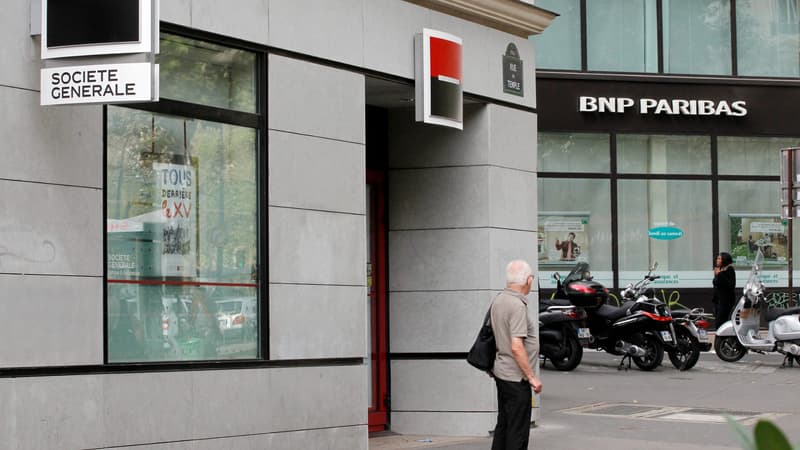the Global Banking Annual Review by McKinsey is still widely consulted. And, without a doubt, this will be particularly the case in its last and recent installment in 2022, when banks have rarely done so well, in a context, however, very unstable, with strong recessionary signals.
From this situation, the Global Banking Annual Review 2002 take note. Due to the improvement in their margins with the rise in interest rates (this explains 60% of the increase in their income), banks around the world have recovered a return on equity (ROE) between 11.5% and 12.5%, up from 10% in 2021. At 14-15% of their outstanding balances, their regulatory capital ratios are higher than ever. However, more than half of the banks globally still have an ROE below their cost of capital, while 15% of them show an ROE that exceeds their cost of capital by more than 4%. Under these conditions, the valuation of banks as a whole remains low. The banking sector is one of the least valued by the financial markets.
So, as rates are expected to stay high, preserving banks’ margins but as recession risks loom, McKinsey announces a large divergence among institutions. Some will do much better than others and will consolidate their market share to their detriment.
The rise of fintech
In addition, only half of the market valuation of the financial sector is now represented by traditional banks, while specialized establishments and fintechs represent the other half, compared to 30% five years ago. McKinsey concludes that specialization by business and product will increase, which is the model followed by fintechs. Further reinforcing the great divergence between the advertised establishments.
The problem is that McKinsey thus announces the “split bank”, that is, the end of the multi-business model of universal banking, for almost… thirty years. In 2021 again, your Global Banking Annual Review He cited as an example Klarna, the European specialist in installment payments, now in trouble due to the rate hike and trying to expand its offers to escape it.
In recent decades, in the face of crises, the universal banking model has certainly shown its resilience. However, the divergence between institutions that McKinsey points out is very real. So if a specialization of the banks intervened, it would undoubtedly affect activities and products less than other elements. Two of them stand out especially in the Global Banking Annual Review: geography and customer segmentation.
“We found that a bank’s primary place of business accounts for 68% of its valuation, a share that has risen steadily since 2014.” It is a fact: some markets are more sustainable than others, whether they are emerging (India, Indonesia, Mexico, South Africa) or not (United States, Canada). By comparison, in any case, Europe seems to be clearly lagging behind. In 2021, only 25% of the 300 largest European banks have increased their valuation. And if, by 2023, McKinsey predicts that average ROE could collapse to 7% in the event of a severe recession, this would particularly worry European banks (6%).
In addition to this geographic element, there is another structuring element: in retail banking, revenue is increasingly related to specific customer segments. For example, in the United States, bank income peaks among people aged 60 to 70, about 40 years after the demographic peak. In China, the trend is the opposite: the income peak occurs 20 years before the demographic peak.
Big gap depending on customers
Therefore, the divergence between institutions could largely depend on their ability to better serve the fastest growing and most profitable customer segments. In the United States, McKinsey notes, over the past 15 years, the incomes of low- and middle-income households have declined dramatically. An average American household now generates about $2,700 in bank income per year (cost of risk is factored in), while a well-educated customer, ages 35 to 55, with an annual income of more than $100,000, generates four times more ($11,500).
Small and medium-sized businesses account for one-fifth (about $850 billion) of global annual banking revenue, a figure that is expected to grow by 7-10% annually for the next five years. However, the earnings of banks positioned in this segment vary widely, in part due to highly variable risk quality. Under these conditions, investing in providing a great customer experience is proving difficult and many banks are no longer prioritizing SMEs. This is also the success of some specialized neobanks.
Based on these various observations, a scenario can be imagined, which McKinsey does not formulate but invites consideration: what if, increasingly, European banks, which are unprofitable on average, find themselves in competition with foreign establishments with much more means about your best customer segments?
Source: BFM TV


